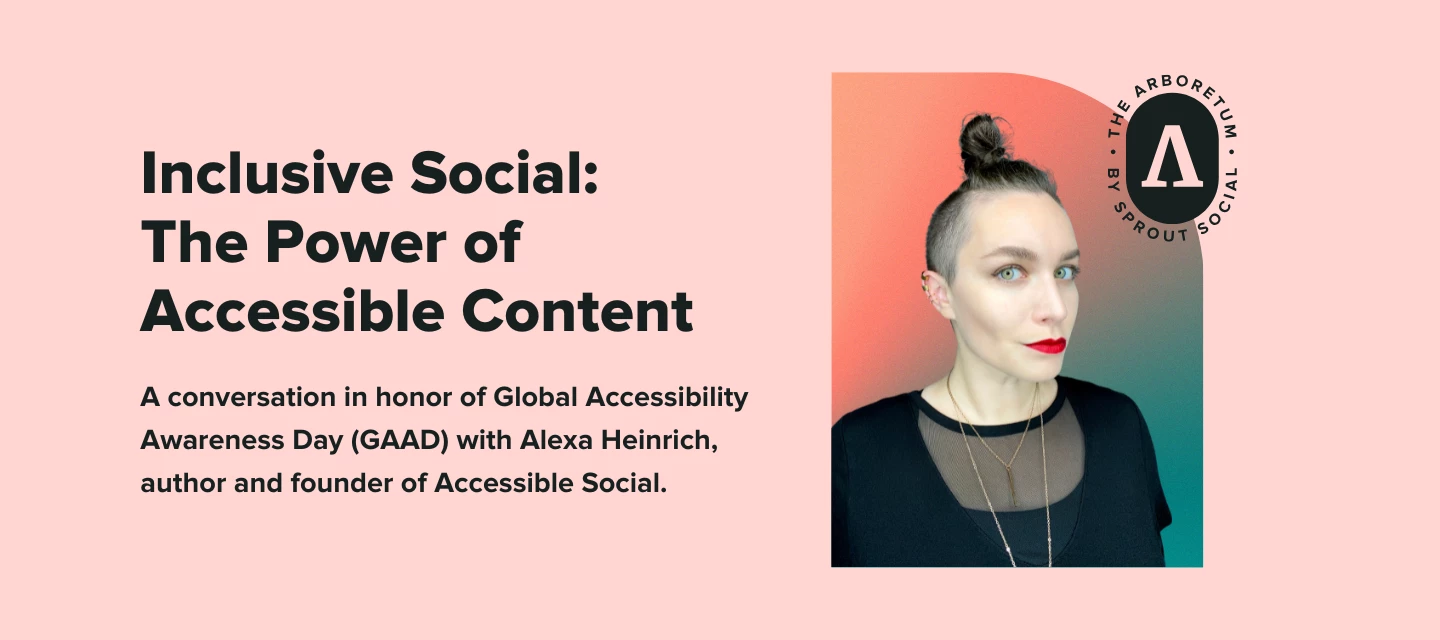Watch our exclusive event featuring

Image description: A headshot of Alexa Heinrich, a person with brown hair, wearing a black shirt. There is a text box introducing her as a speaker, stating her name and profession as a social media strategist and Director of Accessible Social. The text also highlights her leadership in the accessibility advocacy field and her experience presenting to content creators at prestigious organizations around the world.
If you missed the session, here is the recording!





